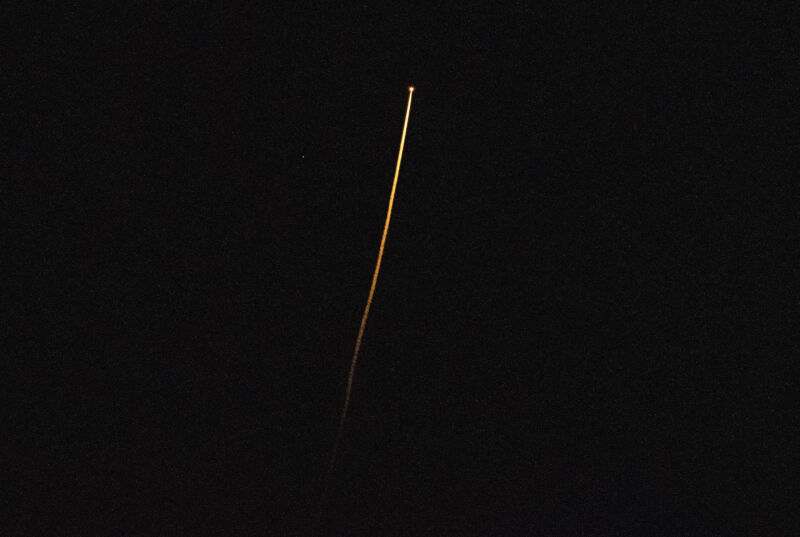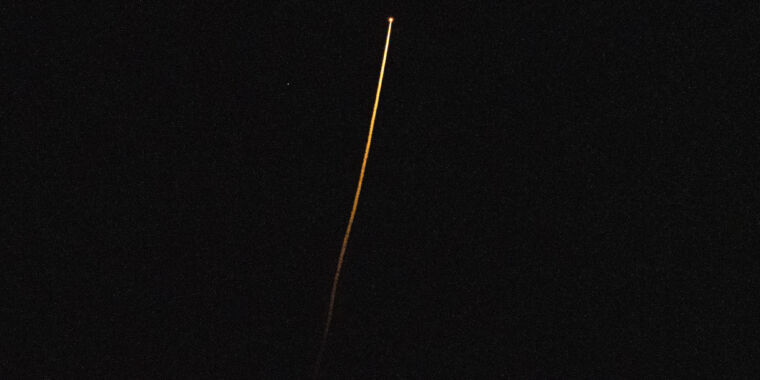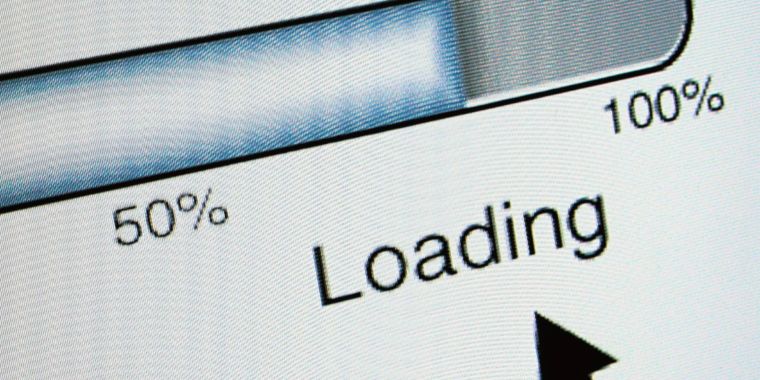
NASA
After a 177-day spaceflight four astronauts returned to Earth early Friday morning aboard Crew Dragon Endurance.
NASA astronauts Kayla Barron, Raja Chari, and Tom Marshburn, as well as European Space Agency astronaut Matthias Maurer, undocked from the International Space Station on Thursday before lining up Endurance for a return that brought it back to Earth across the Bay of Campeche, Yucatan Peninsula, and the Gulf of Mexico.
Seas were fair when Endurance splashed down at 12:43 am ET on Friday (04:43 UTC), with a glassy surface on the ocean. The spacecraft was brought on board the recovery ship, named Shannon, and the crew clambered out less than an hour after landing. From there they boarded a helicopter, and subsequently will take a plane ride to Houston for reunions with family members.
This was Endurance‘s first spaceflight and the commander, Chari, said it performed admirably on the flight to and from the space station. “Thanks for letting us take Endurance on its shakedown cruise,” Chari said, shortly after landing. “Looking forward to watching many more flights of Endurance in the future. That was a great ride.”
While on board the station, the Crew-3 astronauts performed hundreds of science experiments, such as testing drought-resistant cotton plants and vision-loss research. They brought some of these experiments back with them, inside freezers inside the Dragon spacecraft.
Splashdown marked the completion of SpaceX’s fourth crewed spaceflight for NASA—carrying a total of 14 astronauts to and from the International Space Station—as well as two private orbital spaceflights, the Inspiration4 and Axiom-1 missions. Additionally, the Crew-4 mission recently launched on April 27 for NASA, with its four astronauts presently living on the station.
In less than two years since its debut as a human spaceflight vehicle, Crew Dragon has now flown more astronauts into orbit and back, 22, than NASA’s Gemini spacecraft, 20. Up next is the Apollo capsule, at 45 astronauts. The space shuttle’s tally of more than 800 astronauts across three decades likely remains out of reach until SpaceX’s much larger Starship vehicle comes online.
The last month has been especially busy for the private rocket company. SpaceX launched the private Axiom 1 mission on April 8, and landed it on April 25. Just two days later, on April 27, SpaceX launched the Crew-4 mission for NASA. And on Friday morning its teams saw the Crew-3 flight safely home.
“If you just look at all this work in the last month, you know, I really want to personally thank SpaceX for performing such seamless operations on all those missions,” said Kathy Lueders, chief of human spaceflight operations at NASA, during a post-landing news conference. “Very quiet launches. Beautiful landings. And I want to really express my thanks to both ISS and the Commercial Crew teams that spent long hours working through issues, and facilitating a ton of on-orbit and ground operations.”
SpaceX has also launched three other rockets during the last month; two Starlink satellite missions and a classified satellite for the National Reconnaissance Office. Additionally, SpaceX has a Starlink launch planned for Friday morning at 5:42 am ET (09:42 UTC), just five hours after the Crew-3 landing.
So, is this too much for the company to handle in a safe manner? NASA officials that SpaceX has assigned enough people to different teams to handle all of the work. NASA’s Steve Stich, who manages the Commercial Crew Program, also said SpaceX stands out from other space companies in the amount of work it automates, particularly when it comes to reviewing data from launches and landings.
William Gerstenmaier, vice president of Build and Flight Reliability at SpaceX, said the last month has been a “special time” for his company. But he added that different groups of people at SpaceX are each focused on different projects, and they’ve managed to keep their focus. “Our heads have not been on a swivel,” he said.
The results seem to back that up.








